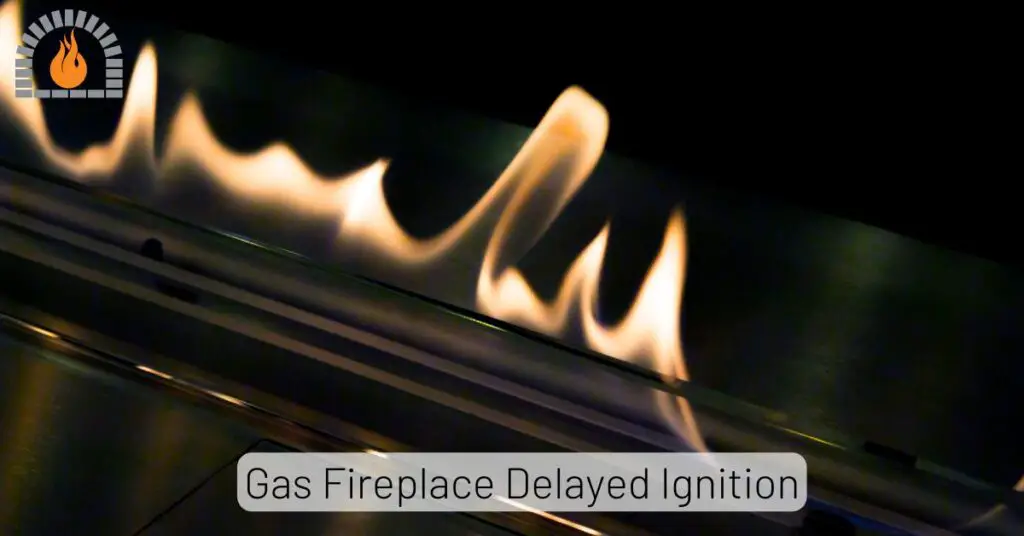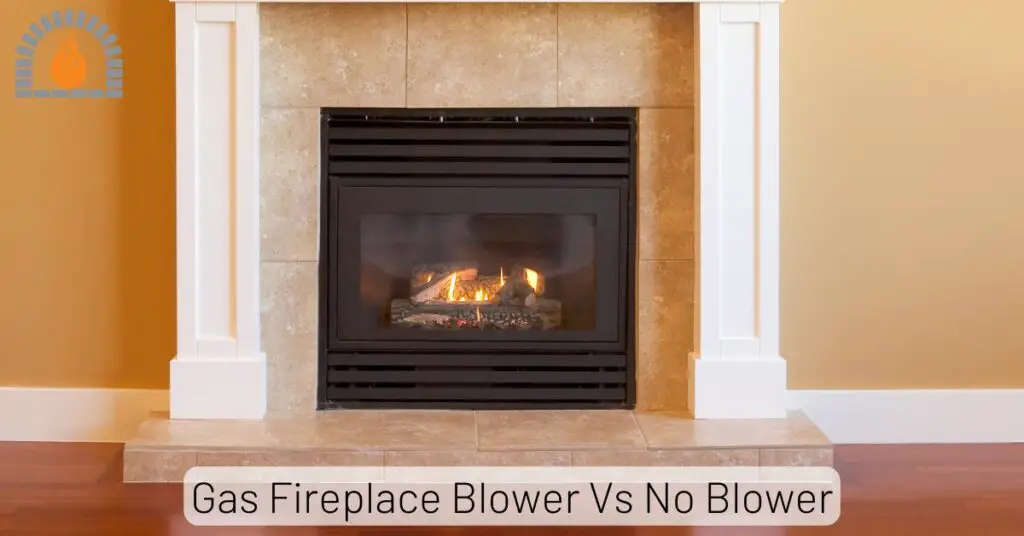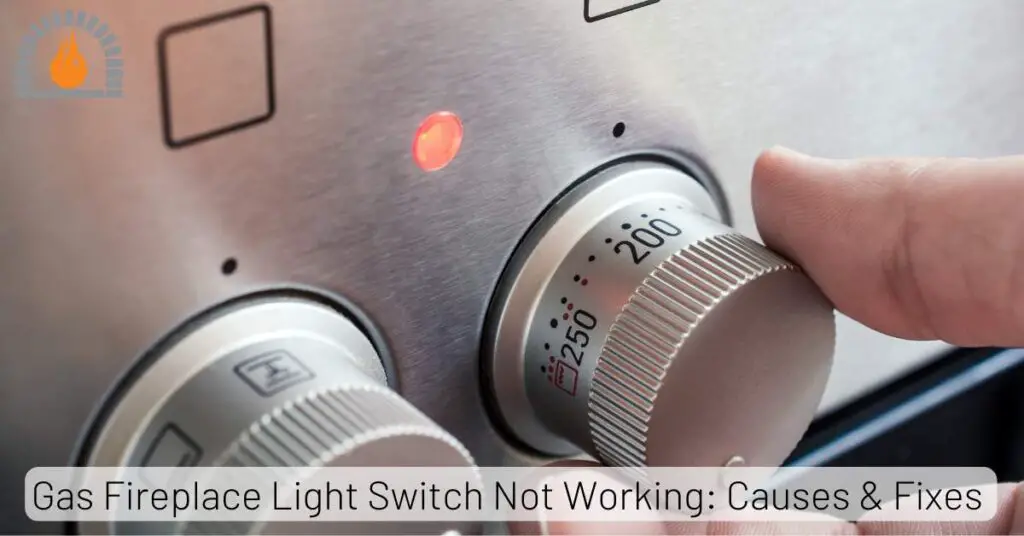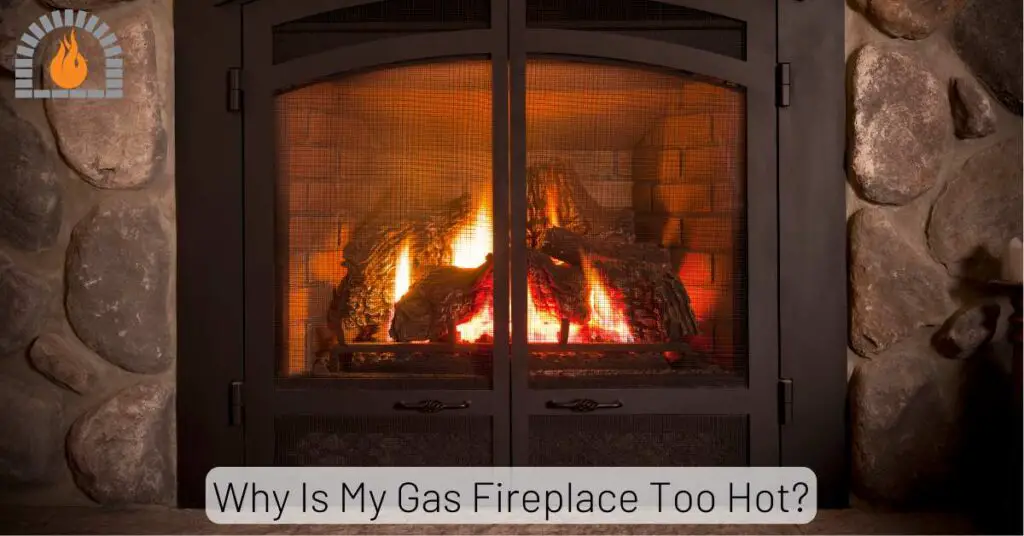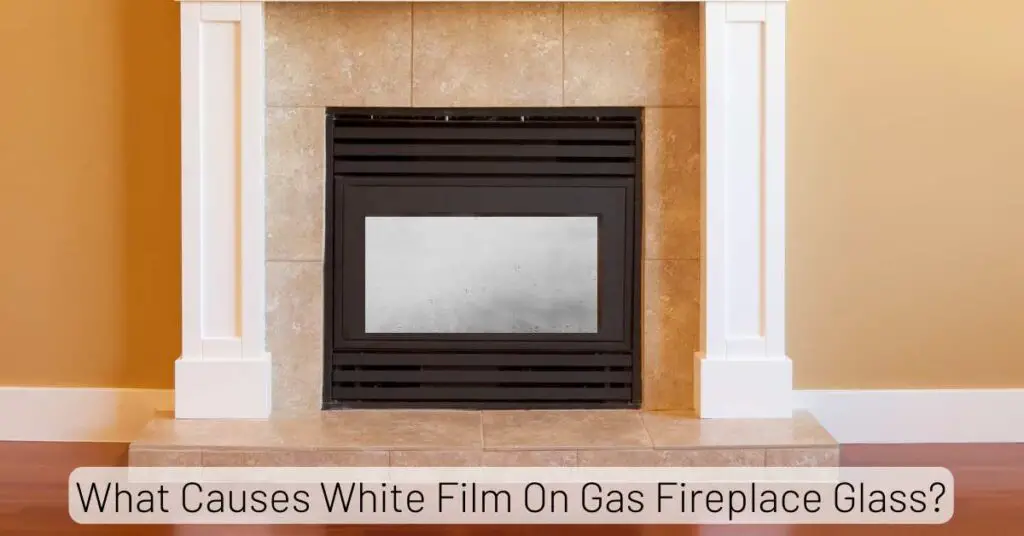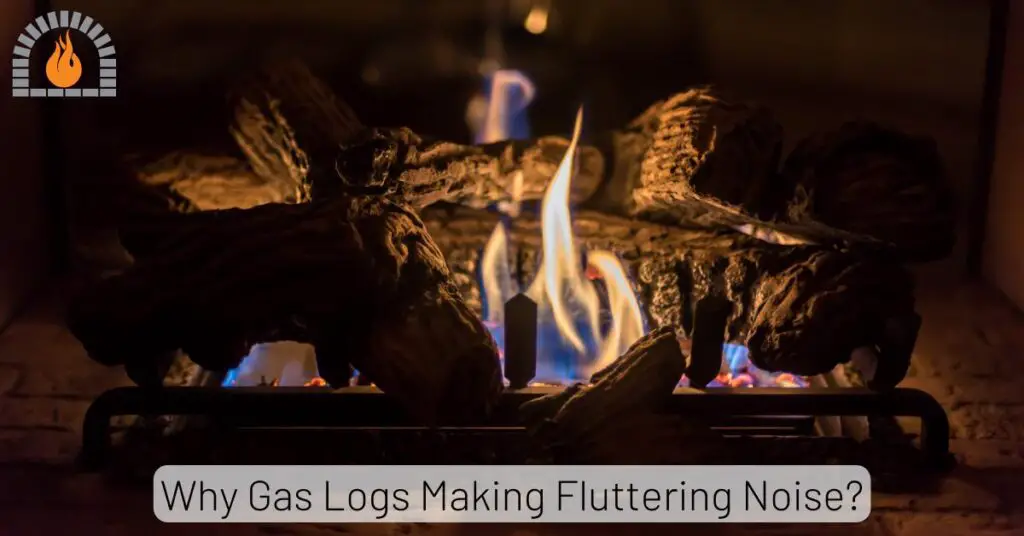Gas fireplaces can pose potential health risks primarily due to emissions like carbon monoxide, nitrogen dioxide, and other combustion byproducts that may compromise indoor air quality. While properly installed and maintained vented gas fireplaces are generally considered safe for most healthy individuals, ventless models and poorly maintained units can significantly increase exposure to harmful pollutants.
The health impact largely depends on proper installation, regular maintenance, adequate ventilation, and individual sensitivity, with vulnerable populations such as those with respiratory conditions, children, and the elderly potentially experiencing more pronounced effects.
Key Takeaways
- Gas fireplaces release combustion byproducts including carbon monoxide, nitrogen dioxide, and particulate matter that can affect indoor air quality and health.
- Vented gas fireplaces are generally safer than ventless models, as they expel most emissions outside.
- Proper installation, regular maintenance, and adequate ventilation are critical for minimizing health risks.
- Individuals with pre-existing respiratory conditions, asthma, heart disease, or other health concerns may be more susceptible to negative effects.
- Carbon monoxide detectors are essential safety devices in homes with gas fireplaces.
- Consider alternative heating options or additional air purification if you have specific health concerns.
Are Gas Fireplaces Bad for Your Health?
Studies show that while gas fireplaces are generally considered cleaner than wood-burning options, they can still release pollutants like nitrogen dioxide and carbon monoxide if not properly vented or maintained. According to the U.S. Environmental Protection Agency (EPA), poor indoor air quality is one of the top five environmental health risks, and fireplaces often play a role in that.
Potential Health Risks of Gas Fireplaces
When asking “Are gas fireplaces bad for your health,” it’s important to understand the specific risks involved. The primary health concerns associated with gas fireplaces stem from the combustion byproducts they produce.
Carbon Monoxide Exposure
Carbon monoxide (CO) is an odorless, colorless gas produced during the incomplete combustion of fossil fuels. It’s perhaps the most serious health risk associated with gas fireplaces. When inhaled, CO binds to hemoglobin in red blood cells more effectively than oxygen, leading to oxygen deprivation throughout the body.
The Centers for Disease Control and Prevention (CDC) warns that even low levels of CO exposure can cause:
- Headaches
- Dizziness
- Nausea
- Fatigue
- Confusion
Higher levels or prolonged exposure can lead to more severe symptoms including:
- Impaired vision
- Chest pain
- Loss of consciousness
- Organ damage
- Death
Properly installed and maintained vented gas fireplaces typically don’t produce dangerous levels of CO, but malfunctions, poor installation, or blocked vents can lead to CO buildup. Ventless models, while designed to minimize CO production, still release some CO into your living space.
Nitrogen Dioxide and Respiratory Issues
Nitrogen dioxide (NO₂) is another harmful gas produced during gas combustion. The Environmental Protection Agency (EPA) notes that exposure to NO₂ can cause:
- Respiratory irritation
- Worsening of asthma symptoms
- Increased susceptibility to respiratory infections
- Chronic lung diseases with prolonged exposure
Studies have shown that gas appliances, including fireplaces, can contribute to indoor NO₂ levels that exceed outdoor air quality standards, especially in homes with limited ventilation.
Particulate Matter and Air Quality
While gas fireplaces produce significantly less particulate matter than wood-burning alternatives, they still release fine particles into the air. The World Health Organization (WHO) has identified particulate matter as a significant health concern, linking it to:
- Respiratory problems
- Cardiovascular disease
- Lung cancer
- Premature death
Ultrafine particles from gas combustion can penetrate deep into the lungs and even enter the bloodstream, potentially causing systemic inflammation and other health issues.
Other Combustion Byproducts
Gas fireplaces also release other substances that may affect health, including:
- Water vapor (which can promote mold growth if ventilation is inadequate)
- Carbon dioxide (CO₂)
- Formaldehyde and other volatile organic compounds (VOCs)
- Sulfur dioxide (in some natural gas supplies)
Gas Fireplaces vs. Wood Fireplaces: Health Comparison
When comparing gas fireplaces to wood-burning alternatives, it’s important to consider the health implications of each. The American Lung Association provides valuable insights into this comparison.
| Health Factor | Gas Fireplaces | Wood Fireplaces |
|---|---|---|
| Particulate Matter | Lower emissions | High emissions of PM2.5 |
| Carbon Monoxide | Risk present, especially with ventless models | Significant risk if not properly vented |
| Nitrogen Dioxide | Moderate emissions | Lower emissions than gas |
| Other Pollutants | Fewer pollutants overall | Multiple pollutants including benzene, formaldehyde, and polycyclic aromatic hydrocarbons |
| Installation & Maintenance | Requires professional installation and annual maintenance | Requires regular cleaning and proper venting maintenance |
| Indoor Air Quality Impact | Moderate, especially with ventless models | Significant impact even with proper venting |
While gas fireplaces generally produce fewer particulates and pollutants than wood-burning fireplaces, they still pose health risks that shouldn’t be overlooked, particularly ventless models.
Carbon Monoxide Concerns
Carbon monoxide is perhaps the most serious health risk associated with gas fireplaces. Understanding this risk and how to mitigate it is crucial for anyone using a gas fireplace.
How Carbon Monoxide Builds Up
Carbon monoxide can accumulate in your home due to:
- Improper installation of the fireplace
- Blocked or damaged vents/chimneys
- Inadequate ventilation in the room
- Malfunctioning fireplace components
- Cracks in the heat exchanger (in some models)
The Consumer Product Safety Commission (CPSC) recommends that all homes with fuel-burning appliances have carbon monoxide detectors installed on each level of the home, particularly near sleeping areas.
Symptoms of Carbon Monoxide Poisoning
Recognizing CO poisoning symptoms can be life-saving. Symptoms often mimic the flu and include:
- Headache
- Dizziness
- Weakness
- Nausea or vomiting
- Shortness of breath
- Confusion
- Blurred vision
- Loss of consciousness
If multiple family members experience these symptoms simultaneously, or if symptoms improve when leaving the home, CO poisoning should be suspected, and immediate medical attention should be sought.
Preventing Carbon Monoxide Exposure
To minimize CO risks from gas fireplaces:
- Install CO detectors on every level of your home
- Have your fireplace professionally installed and inspected annually
- Never operate a ventless gas fireplace for extended periods
- Ensure adequate ventilation when using any gas fireplace
- Never use a gas fireplace if you suspect it’s malfunctioning
- Follow all manufacturer’s instructions for operation and maintenance
Nitrogen Dioxide and Other Emissions
While carbon monoxide is often the primary concern, other emissions from gas fireplaces can also impact health.
Nitrogen Dioxide (NO₂)
Nitrogen dioxide is a reddish-brown gas with a sharp, biting odor. It’s produced when natural gas is burned at high temperatures. The National Institute for Occupational Safety and Health (NIOSH) has established exposure limits for NO₂ in occupational settings, but indoor residential levels are not regulated.
Health effects of NO₂ exposure include:
- Airway inflammation
- Increased asthma symptoms
- Greater susceptibility to respiratory infections
- Potential long-term lung damage with chronic exposure
Those with asthma or other respiratory conditions are particularly vulnerable to NO₂ effects.
Water Vapor and Humidity
Gas combustion produces significant water vapor. While not directly toxic, excessive humidity can:
- Promote mold and mildew growth
- Aggravate respiratory conditions
- Damage home structures
Proper ventilation is essential to manage humidity levels from gas fireplaces.
Volatile Organic Compounds (VOCs)
Some gas fireplaces, particularly when first used or if malfunctioning, can release VOCs including formaldehyde. These compounds can cause:
- Eye, nose, and throat irritation
- Headaches
- Nausea
- Damage to liver, kidneys, and central nervous system (with chronic exposure to high levels)
Indoor Air Quality Impact
The overall impact of gas fireplaces on indoor air quality depends on several factors including the type of fireplace, maintenance, ventilation, and duration of use.
Ventilation Requirements
Proper ventilation is crucial for maintaining good indoor air quality when using a gas fireplace. The American Society of Heating, Refrigerating and Air-Conditioning Engineers (ASHRAE) provides ventilation standards that help ensure adequate air exchange.
For vented gas fireplaces:
- Ensure the chimney or vent is clear and functioning properly
- Consider slightly opening a window when using the fireplace
- Make sure your home has adequate general ventilation
For ventless gas fireplaces:
- Follow manufacturer’s recommendations for room size requirements
- Never operate for extended periods
- Install and use exhaust fans when possible
- Consider additional mechanical ventilation
Air Purification Options
To mitigate indoor air quality concerns:
- Use high-efficiency particulate air (HEPA) purifiers
- Consider air purifiers with activated carbon filters to remove gases
- Maintain proper humidity levels (30-50%) to prevent mold growth
- Have your HVAC system serviced regularly
Monitoring Indoor Air Quality
Consider using indoor air quality monitors to track:
- CO levels
- CO₂ levels
- Particulate matter
- Humidity
- VOCs
These devices can help you understand when ventilation is needed or when there might be a problem with your fireplace.
Special Considerations for Vulnerable Populations
Certain groups may be more susceptible to the health effects of gas fireplaces.
Children and Infants
Children’s respiratory systems are still developing, and they breathe more air relative to their body weight than adults. The American Academy of Pediatrics expresses concerns about indoor air pollution and its effects on children’s health.
Special considerations for children:
- Limit fireplace use when children are present
- Ensure excellent ventilation
- Consider alternative heating options in children’s bedrooms
- Be particularly vigilant about CO detector placement and maintenance
Elderly Individuals
Older adults often have reduced lung function and higher rates of chronic health conditions that can be exacerbated by fireplace emissions.
Considerations for elderly individuals:
- Ensure proper ventilation and fireplace maintenance
- Place CO detectors near bedrooms
- Consider the potential interaction between fireplace emissions and existing health conditions or medications
People with Respiratory Conditions
Individuals with asthma, COPD, or other respiratory conditions may experience worsened symptoms when exposed to gas fireplace emissions.
The American Lung Association recommends:
- Consulting with healthcare providers before using gas fireplaces
- Considering alternative heating options
- Ensuring excellent ventilation if using a gas fireplace
- Avoiding ventless models entirely
Pregnant Women
Some studies suggest that exposure to combustion byproducts during pregnancy may affect fetal development. While research specific to gas fireplaces is limited, pregnant women may want to:
- Minimize exposure to gas fireplace emissions
- Ensure excellent ventilation
- Consult with healthcare providers about concerns
Safety Tips and Mitigation Strategies
To enjoy your gas fireplace while minimizing health risks:
Proper Installation and Maintenance
- Have your gas fireplace professionally installed
- Schedule annual inspections and maintenance
- Keep vents and chimneys clear of debris
- Address any issues immediately—don’t wait for regular maintenance
Ventilation Best Practices
- Crack open a window when using the fireplace
- Use exhaust fans to help remove indoor air pollutants
- Ensure your home has adequate general ventilation
- Never block air vents in the room
Carbon Monoxide Safety
- Install CO detectors on every level of your home
- Test CO detectors monthly
- Replace CO detectors according to manufacturer recommendations
- Never ignore a CO detector alarm—evacuate immediately and call for help
Operation Guidelines
- Follow manufacturer instructions for operation
- Never operate a ventless fireplace for extended periods
- Turn off the fireplace before leaving home or going to sleep
- Keep flammable objects away from the fireplace
- Use a fireplace screen to prevent accidental contact
Consider Alternatives
If you’re concerned about health impacts, consider:
- Electric fireplaces (no combustion byproducts)
- High-efficiency wood stoves with proper venting
- Other heating options that don’t involve combustion
FAQs
Are ventless gas fireplaces safe for your health?
Ventless gas fireplaces are designed to burn gas efficiently and include oxygen depletion sensors, but they still release combustion byproducts directly into your living space. While they meet current safety standards, organizations like the American Lung Association express concerns about their impact on indoor air quality, particularly for vulnerable individuals. If you have a ventless fireplace, ensure excellent ventilation, limit operation time, and consider installing additional air purification.
How often should I have my gas fireplace inspected?
The National Fireplace Institute (NFI) recommends annual inspections for all gas fireplaces. Annual maintenance helps ensure safe operation, identifies potential issues before they become dangerous, and maintains efficiency. Don’t wait for problems to appear—schedule regular professional inspections.
Can gas fireplaces cause headaches?
Yes, gas fireplaces can cause headaches in some individuals, particularly if there’s inadequate ventilation or if the fireplace is malfunctioning. Headaches can be caused by exposure to low levels of carbon monoxide, nitrogen dioxide, or other combustion byproducts. If you experience headaches when using your gas fireplace, ensure proper ventilation, check that CO detectors are functioning, and consider having the fireplace inspected.
Do gas fireplaces need to be vented?
While ventless gas fireplaces are available and legal in most areas, vented models are generally considered safer for indoor air quality. The Hearth, Patio & Barbecue Association (HPBA) notes that direct vent gas fireplaces, which are sealed combustion systems, are particularly safe as they don’t use indoor air for combustion and vent all exhaust outside. Local building codes may dictate specific requirements for venting in your area.
Is it safe to sleep with a gas fireplace on?
No, never.
Final Thoughts:
So, are gas fireplaces bad for your health? The answer depends on several factors. Properly installed, well-maintained vented gas fireplaces with adequate ventilation are generally considered safe for most healthy individuals. However, they do produce combustion byproducts that can affect indoor air quality and potentially impact health, especially for vulnerable populations.
Ventless models pose greater concerns as they release all combustion byproducts directly into your living space. While they’re designed to operate within safety standards, many health organizations express reservations about their impact on indoor air quality.
To minimize health risks:
- Choose vented models over ventless ones when possible
- Ensure professional installation and annual maintenance
- Install and maintain carbon monoxide detectors
- Provide adequate ventilation when operating
- Consider alternative heating options if you have respiratory conditions or other health concerns
By understanding the potential risks and taking appropriate precautions, you can make an informed decision about whether a gas fireplace is right for your home and health situation.
Affiliate Disclosure: Fireplaceadviser.com is a participant in the Amazon Services LLC Associates Program. We may earn a commission when you click on certain links on this site and purchase.

Hello!! I am Jamal Khan. I often fix my home electric heaters and gas stove problems and research the common issues in the heating units to improve my knowledge and expertise. The aim of establishing fireplaceadviser.com is to share my expertise and knowledge with my audience.







